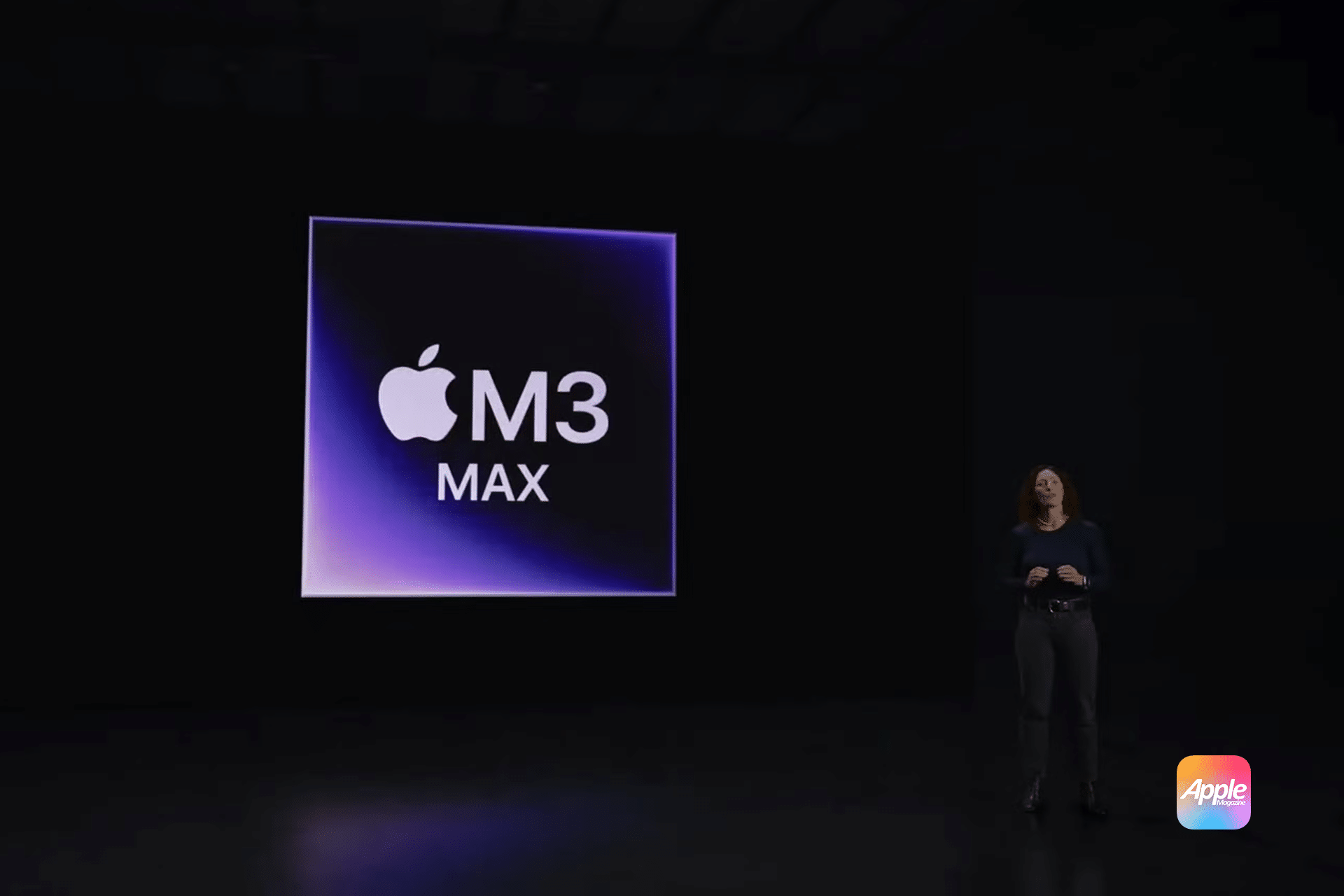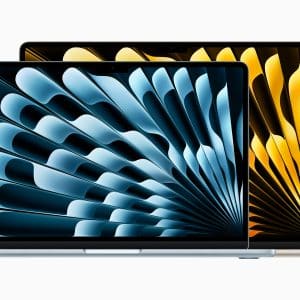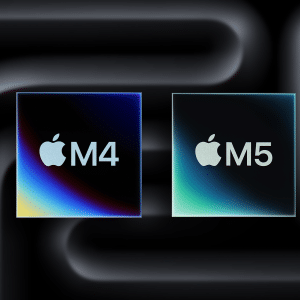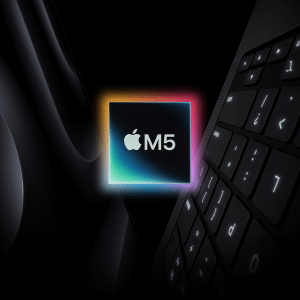The Apple M3 chip production delays can be attributed to a combination of external and internal challenges. Supply chain issues stemming from global semiconductor shortages, along with technical hurdles in transitioning to more advanced chip fabrication, contributed to the setbacks Apple experienced.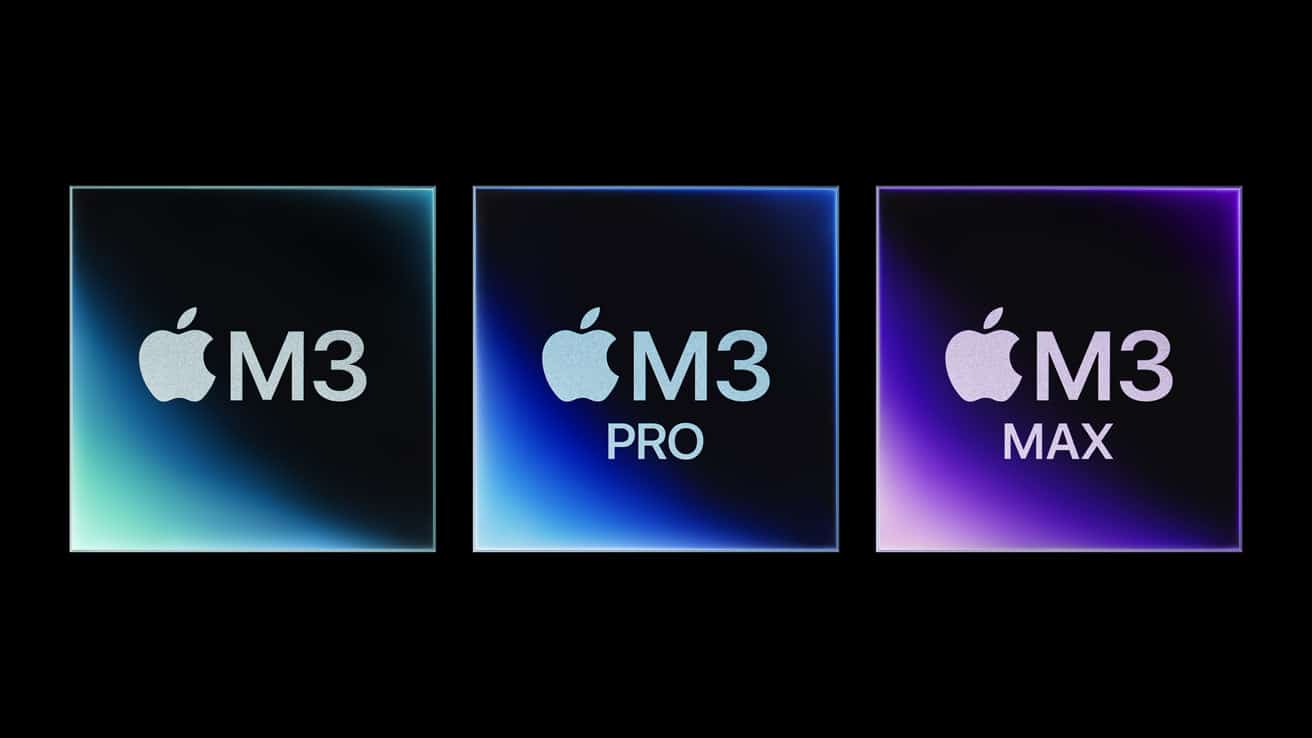
1. TSMC’s 3nm Process Bottleneck
Apple’s M3 chip is being built on TSMC’s cutting-edge 3nm process, which offers significant advantages over the 5nm technology used in previous chips like the M1 and M2. However, producing chips at this scale is a complex and resource-intensive process. Early reports suggested that TSMC encountered difficulties in ramping up its 3nm manufacturing capacity, slowing down Apple’s ability to secure the necessary chip volumes.
The 3nm architecture allows for greater transistor density, which can improve performance and power efficiency. Despite its benefits, achieving stable yields during production has proven to be a challenge for TSMC.
2. Ongoing Global Supply Chain Issues
The global chip shortage that began in 2020 has continued to disrupt production schedules across the tech industry. Apple, despite its influence and strong supplier relationships, has not been immune to these disruptions. Component shortages, shipping delays, and factory shutdowns in key manufacturing regions all contributed to the slower rollout of the M3 chip.
3. Increased Competition for Chip Supply
Apple’s competition with other tech giants for access to advanced semiconductors has also strained chip production. Companies like AMD, NVIDIA, and Qualcomm are all racing to secure their share of TSMC’s 3nm production capacity, putting additional pressure on Apple to meet its production targets.
How Apple Is Addressing M3 Chip Production Challenges
Apple has a history of adapting quickly to production challenges by diversifying its supply chain and investing in long-term manufacturing partnerships. In the case of the M3 chip, Apple is employing several strategies to ensure a smoother rollout moving forward.
1. Strengthening TSMC Partnership
Apple is TSMC’s largest customer, and the two companies have worked closely to accelerate the development of 3nm technology. Reports indicate that Apple has invested in additional production facilities and capacity expansions to support M3 chip manufacturing.
This collaboration is designed to improve yield rates and minimize delays in future chip production cycles.
2. Prioritizing High-Demand Products
Apple is likely to prioritize devices with the highest sales potential for the initial M3 chip rollout. MacBook Air and MacBook Pro models, which have become key revenue drivers, are expected to be among the first devices to feature the new chip.
By focusing on these core products, Apple can maximize the impact of the M3 chip launch while gradually scaling up production for other devices like the iMac and Mac mini.
3. Enhancing Supply Chain Resilience
In response to ongoing global uncertainties, Apple has taken steps to diversify its supply chain. This includes sourcing components from multiple suppliers and expanding production capabilities in different regions.
These efforts aim to reduce the risk of future disruptions and ensure that Apple can maintain a steady supply of critical components.
What to Expect from the Apple M3 Chip
Despite the production challenges, the M3 chip is expected to deliver significant performance improvements over its predecessors. Apple’s shift to a 3nm process will enable more efficient power consumption, faster processing speeds, and enhanced graphics performance.
1. Increased Core Performance
The M3 chip is rumored to feature an updated architecture with more CPU and GPU cores. This will result in faster performance for both single-threaded and multi-threaded tasks, making the M3 chip ideal for demanding applications like video editing, 3D rendering, and software development.
Apple’s custom silicon has already outperformed many Intel and AMD processors in real-world benchmarks, and the M3 chip is expected to extend that lead.
2. Improved Power Efficiency
One of the key advantages of Apple’s custom silicon is its ability to deliver high performance without compromising battery life. The M3 chip’s 3nm architecture will further enhance power efficiency, allowing devices like the MacBook Air to maintain long battery life even under heavy workloads.
This focus on efficiency will also benefit desktop devices like the iMac, which could feature quieter cooling systems and reduced energy consumption.
3. Advanced AI and Machine Learning Capabilities
Apple has been integrating more AI-driven features across its product line, and the M3 chip will likely include a next-generation Neural Engine to support these capabilities. From real-time image processing to voice recognition improvements, the M3 chip’s AI enhancements could elevate the user experience across macOS and other Apple software platforms.
Devices Expected to Feature the M3 Chip
Apple’s product lineup will likely see multiple updates as Apple M3 chip production ramps up. Here are some of the devices expected to receive the new chip.
1. MacBook Air
The MacBook Air is a cornerstone of Apple’s Mac lineup and is expected to be one of the first devices to feature the M3 chip. Users can anticipate a thinner, lighter design with even greater performance for everyday productivity tasks.
2. MacBook Pro
Professional users will benefit from enhanced graphics and multi-core performance in the M3-powered MacBook Pro models. These upgrades will cater to creative professionals who rely on intensive workflows, such as video editors and software developers.
3. iMac
Apple’s all-in-one iMac could also see a significant performance boost with the M3 chip. The improved graphics and processing capabilities will enhance tasks like 3D modeling, gaming, and large-scale photo editing.
How the M3 Chip Could Impact Apple’s Competitive Position
Apple’s custom silicon strategy has already reshaped the competitive landscape in the laptop and desktop markets. The launch of the M3 chip will likely further solidify Apple’s position as a leader in performance and innovation.
1. Competitive Benchmarks
The M3 chip’s advancements in processing power and efficiency will likely surpass competing processors from Intel, AMD, and Qualcomm. This performance edge could attract more professionals and creatives to Apple’s platform.
2. Influence on the PC Industry
Apple’s success with custom silicon has influenced other manufacturers to explore similar strategies. Companies like Microsoft and Google have begun investing in ARM-based processors to compete with Apple’s offerings.
The M3 chip’s launch could accelerate this trend, prompting further innovation across the PC industry.
The challenges surrounding Apple M3 chip production appear to be nearing resolution, paving the way for Apple to deliver its next wave of high-performance Macs. By overcoming supply chain constraints and optimizing its partnership with TSMC, Apple is positioning itself to maintain its leadership in custom silicon development.
As Apple prepares to introduce the M3 chip across its product lineup, users can expect devices that push the boundaries of performance, efficiency, and innovation. The future of Apple’s Mac series looks brighter than ever with these advancements on the horizon.
